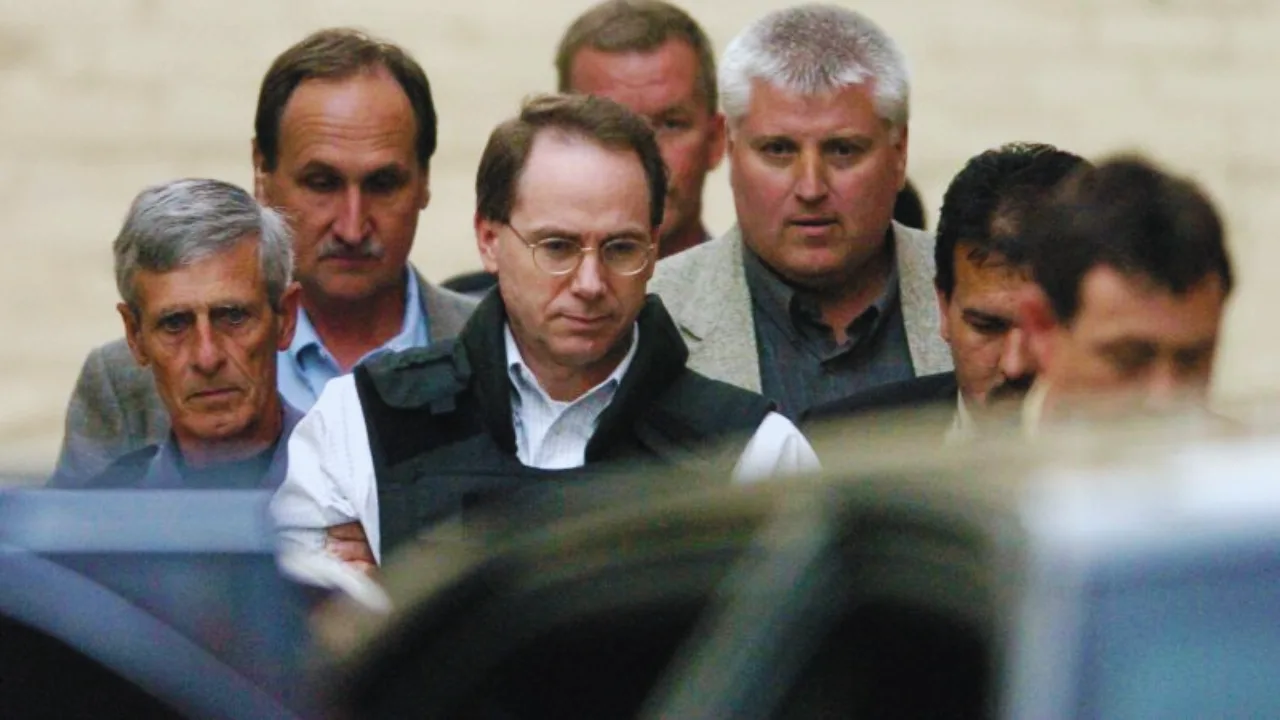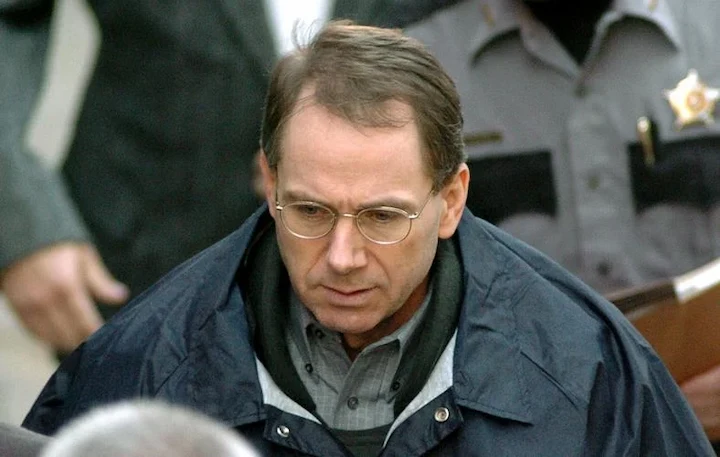Terry Nichols: Oklahoma City Bomber Who Disappeared Into a Supermax Cell
When the Oklahoma City bombing in 1995 stunned the nation, killing 168 and injuring hundreds, it gave rise to the most notorious militia movement America had ever seen. While Timothy McVeigh is remembered as the primary perpetrator, his accomplice, Terry Nichols, played a crucial role as well. This article details Nichols’ role in the bombing as well as his arrest, trials, and life behind bars today.
With the Netflix series “Oklahoma City Bombing: American Terror” reviving attention to the case, it is essential to know about Nichols’ role, what the justice system did in response to the crime, and the chronology of events and legal outcomes.
Terry Nichols: Farmer Turned Federal Conspirator
Terry Lynn Nichols was born in 1955 in Michigan. He lived modestly, working as a farmer, a realtor, and briefly, a soldier in the U.S. Army. There, he met Timothy McVeigh and Michael Fortier. All three connected over their anti-government views, especially after the deadly Waco siege of 1993.
Infuriated by the federal government, Nichols and McVeigh started hatching a plan for revenge. Nichols assisted in stealing explosives, purchasing bomb materials, and financing the plot by robbing a gun collector.
One crucial purchase — 40 bags of ammonium nitrate — served as the bomb’s base. Nichols wasn’t at the scene during the April 19, 1995, explosion, but he had participated in every step that led up to it. The bombing killed 168 and injured many others, including children. Nichols had already set the stage. His role was clear. And that made him equally guilty.
The Arrest: Nichols Surrenders To Police
The FBI arrested McVeigh days after the bombing. Nichols, however, was at his home in Herington, Kansas, and shrouded in the early light of widespread attention. His wife was unable to say where he had been the day before the bombing. A bankruptcy tip from his ex-wife indicated that Nichols had sent a letter to McVeigh encouraging him to “Go for it!”
Nichols entered the Herington Police Department when he became aware he was a suspect. He said he had seen his name on the news and wanted to cooperate. For 10 hours, investigators grilled him. He stayed calm.
He gave vague answers. At the end of the interview, they arrested him. Weeks later, on May 10, 1995, Nichols was officially charged by the government. The charges included conspiracy to use a weapon of mass destruction and multiple counts of murder.
The Trials: How Federal And State Justice Systems React
On August 10, 1995, Nichols and McVeigh were indicted by a federal grand jury. The government accused them of conspiracy, use of a weapon of mass destruction, and destruction by explosives. Nichols’s federal trial began in 1997, well after McVeigh had been convicted and sentenced to death.
The defendants called more than 100 witnesses. Nichols had tied them to key events: purchasing fertilizer, stealing explosives, and stashing the materials away. They even had fingerprint evidence connecting him to McVeigh days before the bombing. But the case had weak spots. There was no direct evidence that Nichols touched the bomb.
His defense maintained he was being framed, and had no apparent motive. The guilty verdict came six days later, on Dec. 24, 1997: guilty of conspiracy and eight counts of involuntary manslaughter. He was acquitted of setting off the bomb. Nichols was sentenced to life in prison without the possibility of parole on June 4, 1998.
Second Trial: 161 Additional Life Sentences
Oklahoma wasn’t done, though. They filed their charges — 161 counts of first-degree murder, as well as arson and conspiracy. Nichols sought to avoid the trial, but the courts rejected his appeals.
The state trial started in 2004. Many of the same pieces of evidence used in the federal case were presented to prosecutors. Nichols was convicted on all counts. Under Oklahoma law, the death penalty must be unanimous, and the jury could not agree.
Instead, he got 161 life sentences — again, without the possibility of parole. It was then the longest sentence ever imposed on a U.S. inmate.
Where Is Terry Nichols Now?
Today, Terry Nichols is imprisoned at USP ADX Florence in Colorado. Dubbed as the “Alcatraz of the Rockies,” this supermax prison houses America’s most dangerous criminals. They spend 23 hours a day in near-total isolation.
Nichols is now 70 years old. He is housed in a cell designed for containment and silence. There’s no parole, no second chance, no public platform. His existence is reduced to concrete walls, locked doors, and infinite time.
FAQs
Who is Terry Nichols?
Terry Nichols is a convicted terrorist who, along with Timothy McVeigh, was behind the 1995 Oklahoma City bombing.
What was Nichols’ role in the bombing?
He assisted with purchasing and stealing bomb elements, rented storage units, and funded the attack.
Was Nichols present at the bombing site?
No. He was in Kansas, but the evidence showed he assisted in planning and preparing the attack.
What was Nichols’s sentence?
He was sentenced in federal court to life without parole, and in state court to 161 additional life sentences.
Where is Terry Nichols now?
He is currently incarcerated at USP ADX Florence, a supermax prison in Colorado.
Final Words
Terry Nichols did not light the fuse, but he assisted in the building of the bomb. The bombing remains one of the worst acts of domestic terror in the nation’s history. As Nichols fades away into the silence of a supermax cell, however, the victims and survivors continue to bear the burden of that day. His story serves as a jarring reminder of how dangerous hatred, silence, and planning in the shadows can be.
Table of Contents



